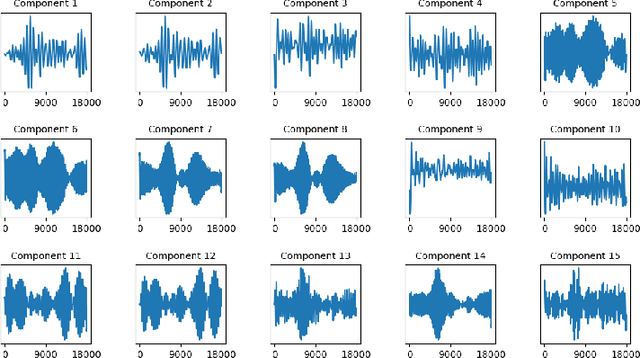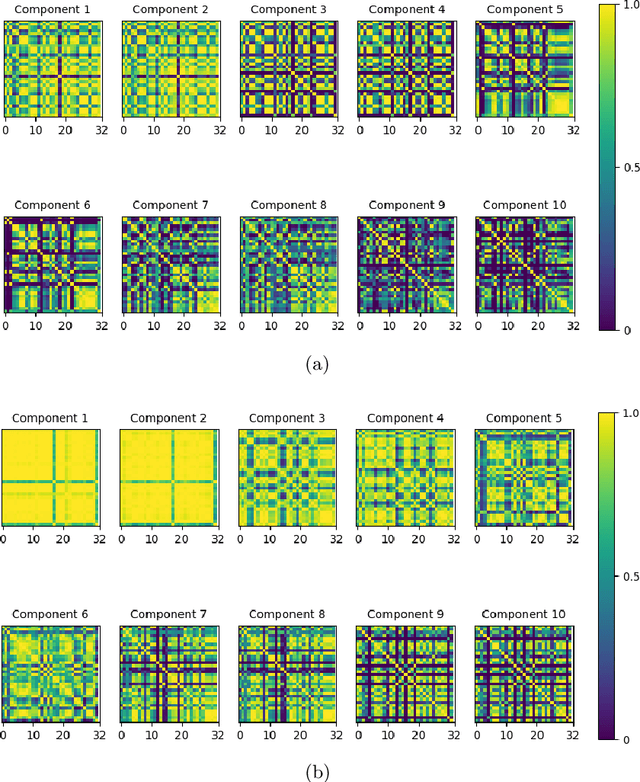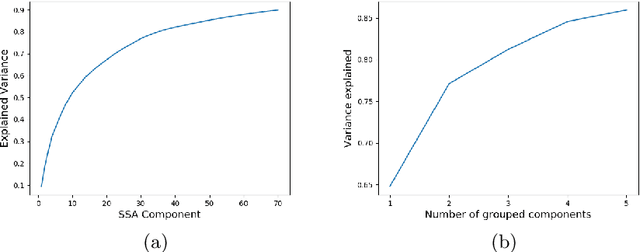Francisco J. Martinez-Murcia
Convolutional Neural Networks for Neuroimaging in Parkinson's Disease: Is Preprocessing Needed?
Nov 21, 2023



Abstract:Spatial and intensity normalization are nowadays a prerequisite for neuroimaging analysis. Influenced by voxel-wise and other univariate comparisons, where these corrections are key, they are commonly applied to any type of analysis and imaging modalities. Nuclear imaging modalities such as PET-FDG or FP-CIT SPECT, a common modality used in Parkinson's Disease diagnosis, are especially dependent on intensity normalization. However, these steps are computationally expensive and furthermore, they may introduce deformations in the images, altering the information contained in them. Convolutional Neural Networks (CNNs), for their part, introduce position invariance to pattern recognition, and have been proven to classify objects regardless of their orientation, size, angle, etc. Therefore, a question arises: how well can CNNs account for spatial and intensity differences when analysing nuclear brain imaging? Are spatial and intensity normalization still needed? To answer this question, we have trained four different CNN models based on well-established architectures, using or not different spatial and intensity normalization preprocessing. The results show that a sufficiently complex model such as our three-dimensional version of the ALEXNET can effectively account for spatial differences, achieving a diagnosis accuracy of 94.1% with an area under the ROC curve of 0.984. The visualization of the differences via saliency maps shows that these models are correctly finding patterns that match those found in the literature, without the need of applying any complex spatial normalization procedure. However, the intensity normalization -- and its type -- is revealed as very influential in the results and accuracy of the trained model, and therefore must be well accounted.
* 19 pages, 7 figures
Dyslexia detection from EEG signals using SSA component correlation and Convolutional Neural Networks
Oct 26, 2020



Abstract:Objective dyslexia diagnosis is not a straighforward task since it is traditionally performed by means of the intepretation of different behavioural tests. Moreover, these tests are only applicable to readers. This way, early diagnosis requires the use of specific tasks not only related to reading. Thus, the use of Electroencephalography (EEG) constitutes an alternative for an objective and early diagnosis that can be used with pre-readers. In this way, the extraction of relevant features in EEG signals results crucial for classification. However, the identification of the most relevant features is not straighforward, and predefined statistics in the time or frequency domain are not always discriminant enough. On the other hand, classical processing of EEG signals based on extracting EEG bands frequency descriptors, usually make some assumptions on the raw signals that could cause indormation loosing. In this work we propose an alternative for analysis in the frequency domain based on Singluar Spectrum Analysis (SSA) to split the raw signal into components representing different oscillatory modes. Moreover, correlation matrices obtained for each component among EEG channels are classfied using a Convolutional Neural network.
 Add to Chrome
Add to Chrome Add to Firefox
Add to Firefox Add to Edge
Add to Edge